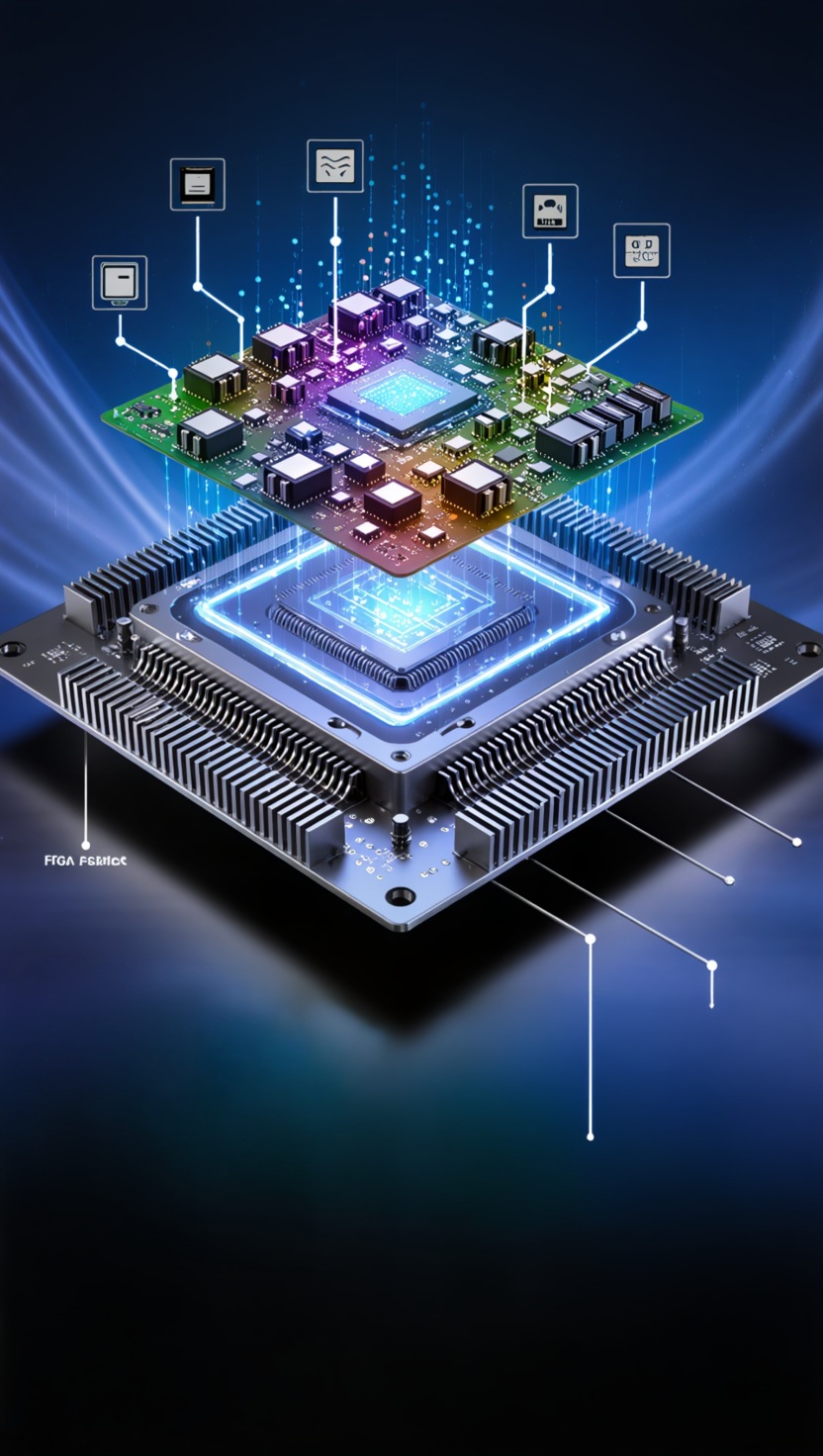Series: How to Choose an FPGA Chip - Part 1.1: Logical Scale and LUT Resources — The Foundation of FPGA Selection
2025-09-28 10:57:57 1068
Part 1.1: Logical Scale and LUT Resources — The Foundation of FPGA Selection
When engineers discuss FPGAs, the first metric that usually comes up is logic capacity — how many LUTs, flip-flops, and embedded resources a device provides. But “bigger” isn’t always better. For engineers, the question is: how much logic do I actually need to implement my design efficiently? For purchasing managers, the question is: how do different logic scales impact cost, supply availability, and lifecycle commitments?
Comparative Table: FPGA Logical Scales at a Glance
|
FPGA Scale |
Typical LUTs |
Power Profile |
Cost Range (USD) |
Common Applications |
Example Families |
Lifecycle Trend |
|
Small-Scale |
< 50K |
Ultra-low (<100 mW typical) |
< $10 |
IoT, wearables, sensor interfacing, glue logic |
Lattice iCE40, Intel MAX 10 |
3–5 years (consumer-focused) |
|
Medium-Scale |
100K–500K |
0.5–5 W |
$20–$100 |
Industrial control, robotics, automotive, embedded vision |
Xilinx Artix-7, Intel Cyclone 10, Lattice ECP5 |
10–15 years (industrial/auto) |
|
Large-Scale |
> 1M |
10–50 W+ |
$500–$2000+ |
Data centers, 5G baseband, AI acceleration, defense |
AMD/Xilinx Virtex UltraScale+, Intel Stratix 10/Agilex |
7–10 years (enterprise-grade) |
Visual Charts
The following charts illustrate how cost and power scale with LUT resources:
Figure 1: LUT Count vs. Average Selling Price (ASP)
Figure 2: Power Consumption vs. LUT Count
Case Studies
Case Study 1: Small-Scale FPGA in IoT Sensor Hub
A smart agriculture company needed to connect multiple sensors into a low-cost wireless node. Solution: Lattice iCE40 UltraPlus (<$5, ~8K LUTs). Result: Reduced PCB size and extended battery life by 18 months.
Case Study 2: Medium-Scale FPGA in Industrial Robotics
An industrial robotics company required deterministic motor control. Solution: Xilinx Artix-7 (~200K LUTs, $50 ASP). Result: Sub-microsecond latency synchronization with 15 years lifecycle support.
Case Study 3: Large-Scale FPGA in Data Center SmartNIC
A cloud service provider needed hardware offload for encryption/compression at 400G. Solution: AMD/Xilinx Virtex UltraScale+ VU9P (>2M LUTs, $1500 ASP). Result: 8× throughput improvement vs. CPU-only, secured via multi-year vendor agreement.
Engineer vs. Manager Checklist
Engineer’s Checklist:
- Map design to LUTs, DSPs, and memory needs
- Validate interface support (DDR, PCIe, Ethernet)
- Estimate power budget at target clock frequency
Manager’s Checklist:
- Compare ASP vs. volume targets
- Confirm lifecycle (5, 10, 15 years?) with vendor
- Assess lead times and second-source options
Conclusion
Logical scale and LUT resources define the DNA of FPGA selection. Small-scale devices shine in IoT and consumer gadgets, medium-scale devices support industrial and automotive, and large-scale devices power data centers and telecom. The smartest design teams balance technical headroom with supply realities — selecting the right FPGA scale that ensures performance and sustainability.






